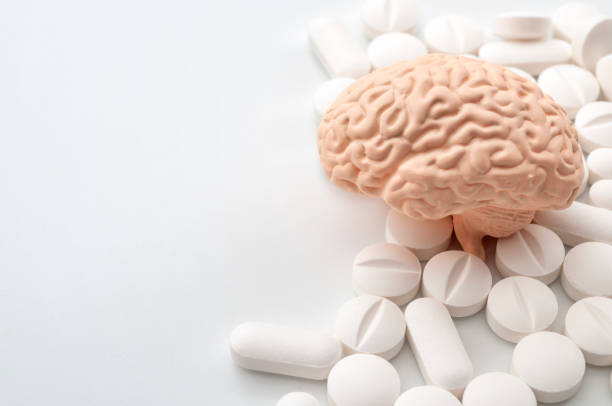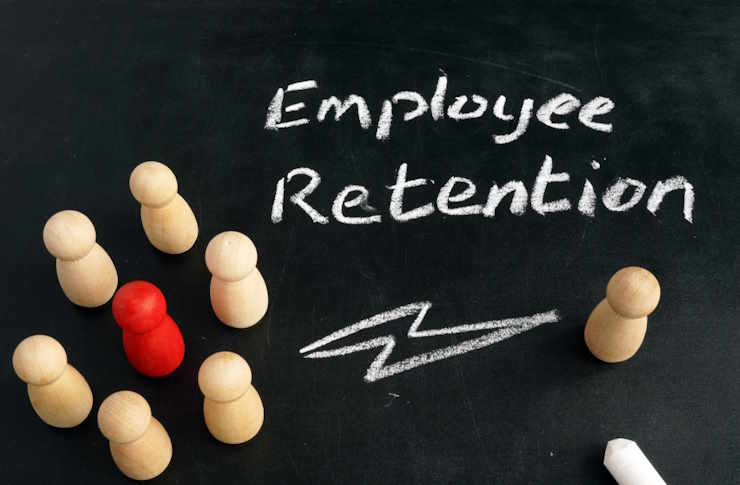Understanding Depression: Symptoms, Screening, and Treatment Options
Depression affects millions of people worldwide, manifesting as a persistent feeling of sadness and loss of interest that can interfere with daily functioning. While everyone occasionally feels sad, depression is characterized by symptoms that persist for weeks or months, impacting various aspects of life including work, relationships, and overall well-being. Recognizing the signs of depression and knowing when to seek professional help are crucial first steps toward effective treatment.

Recognizing the Signs and Symptoms of Depression
Depression presents differently in each person, but several common signs may indicate its presence. Physical symptoms often include changes in sleep patterns, whether insomnia or excessive sleeping. Many experience significant weight fluctuations, either gaining or losing weight without intentional changes to diet or exercise. Fatigue and loss of energy are also prevalent, making even simple tasks feel overwhelming.
Emotionally, individuals with depression may experience persistent feelings of sadness, emptiness, or hopelessness. They often lose interest in activities they once enjoyed and may withdraw from social interactions. Feelings of worthlessness or inappropriate guilt are common, as are difficulties concentrating or making decisions. In severe cases, recurrent thoughts of death or suicide may occur.
Behavioral changes might include restlessness or slowed movements, decreased productivity, and increased irritability. Many people with depression describe feeling as though they’re moving through life in slow motion or viewing it through a darkened lens.
Depression Awareness: Understanding Different Types
Depression isn’t a one-size-fits-all condition. Major depressive disorder involves symptoms that persist for at least two weeks and interfere with daily functioning. Persistent depressive disorder (dysthymia) involves less severe symptoms that last for two years or longer. Seasonal affective disorder typically occurs during winter months when daylight hours are shorter.
Other types include postpartum depression, which affects some women after childbirth; premenstrual dysphoric disorder, which occurs before menstruation; and bipolar depression, which alternates between periods of depression and mania. Each type has distinct characteristics that influence treatment approaches.
Understanding which type of depression you may be experiencing helps healthcare providers determine the most appropriate treatment plan. This highlights why professional diagnosis is essential rather than self-diagnosis based on general symptoms.
Professional Screening Options for Depression
Several validated screening tools help healthcare professionals assess depression symptoms and their severity. The Patient Health Questionnaire-9 (PHQ-9) is widely used in primary care settings, consisting of nine questions that correspond to depression diagnostic criteria. The Beck Depression Inventory (BDI) measures the severity of depression through 21 multiple-choice questions addressing symptoms and attitudes.
Other common screening tools include the Hamilton Depression Rating Scale (HAM-D), which healthcare providers use to rate the severity of depression symptoms, and the Geriatric Depression Scale (GDS), specifically designed for older adults. For adolescents, the Kutcher Adolescent Depression Scale may be utilized.
Professional screening typically begins with your primary care physician, who may refer you to a mental health specialist if needed. Screening can occur in various settings, including doctor’s offices, community health clinics, mental health centers, and increasingly through telehealth platforms. Many healthcare facilities offer depression screening as part of routine check-ups, especially during annual physical examinations.
When to Seek Professional Help for Depression
Seeking professional help is appropriate when symptoms interfere with daily functioning, persist for more than two weeks, or cause significant distress. Warning signs that indicate an urgent need for professional intervention include thoughts of death or suicide, inability to perform daily tasks, significant changes in sleeping or eating habits, and withdrawal from social activities.
It’s particularly important to seek help if you’re using alcohol or drugs to cope with your feelings, experiencing physical symptoms without clear causes, or if previous mental health conditions worsen. Remember that seeking help isn’t a sign of weakness but rather a step toward recovery and better health.
Many people hesitate to seek help due to stigma, misconceptions about depression, or uncertainty about where to turn. Primary care physicians are excellent starting points, as they can provide initial assessments and referrals to specialized mental health professionals when necessary.
Effective Treatment Options for Depression
Depression treatment typically involves psychotherapy, medication, or a combination of both. Cognitive-behavioral therapy (CBT) helps individuals identify and change negative thought patterns and behaviors contributing to depression. Interpersonal therapy focuses on improving communication patterns and relationships that may be affecting mood.
Antidepressant medications work by balancing neurotransmitters in the brain. Selective serotonin reuptake inhibitors (SSRIs) are commonly prescribed due to their effectiveness and fewer side effects compared to older medications. Other medication options include serotonin-norepinephrine reuptake inhibitors (SNRIs), tricyclic antidepressants, and monoamine oxidase inhibitors (MAOIs).
For more severe or treatment-resistant depression, brain stimulation therapies like electroconvulsive therapy (ECT) or transcranial magnetic stimulation (TMS) may be recommended. Lifestyle modifications, including regular exercise, healthy eating, adequate sleep, and stress management techniques, complement medical treatments and can improve overall outcomes.
Accessing Depression Treatment Resources
Various resources exist to help individuals access depression treatment. Community mental health centers often offer services on a sliding fee scale based on income. Many hospitals provide outpatient mental health services, while university training clinics may offer lower-cost options with services provided by supervised graduate students.
Online therapy platforms have expanded access to mental health professionals, particularly beneficial for those in remote areas or with mobility limitations. Additionally, support groups, both in-person and online, provide valuable peer support and shared experiences.
| Resource Type | Description | Cost Range |
|---|---|---|
| Community Mental Health Centers | Services from psychiatrists, psychologists, and counselors | $0-150 per session (sliding scale) |
| Private Practice Therapists | Individual therapy with licensed professionals | $75-250+ per session |
| Psychiatrists | Medication management and therapy | $200-400+ per initial visit |
| Online Therapy Platforms | Video, phone, or text-based therapy | $60-300+ per month |
| Hospital-Based Programs | Intensive outpatient or partial hospitalization | Varies widely by program and insurance |
Prices, rates, or cost estimates mentioned in this article are based on the latest available information but may change over time. Independent research is advised before making financial decisions.
Depression is highly treatable, with 80-90% of people responding positively to treatment. The journey to recovery often begins with recognizing symptoms and seeking professional help. By understanding the signs of depression, available screening options, and treatment pathways, individuals can take proactive steps toward mental wellness and improved quality of life.
This article is for informational purposes only and should not be considered medical advice. Please consult a qualified healthcare professional for personalized guidance and treatment.



